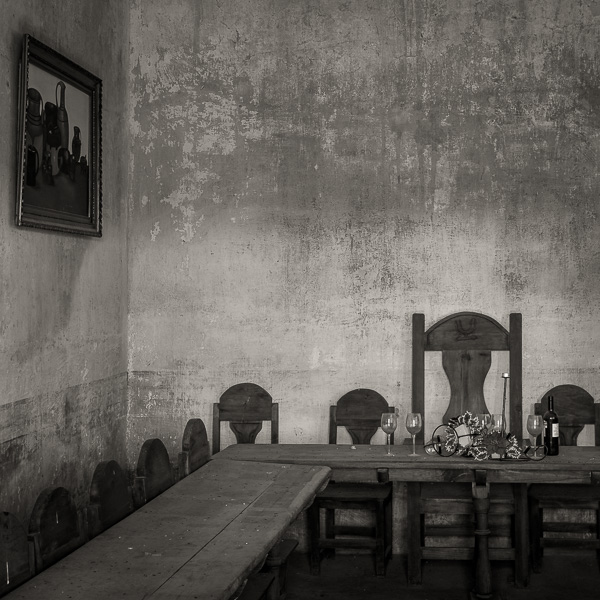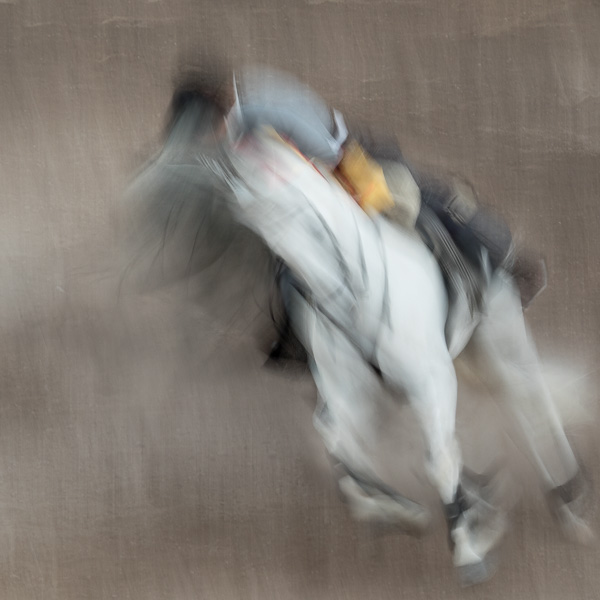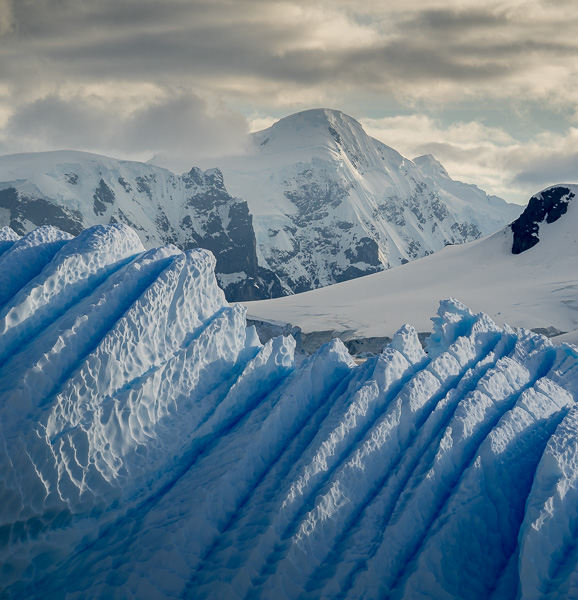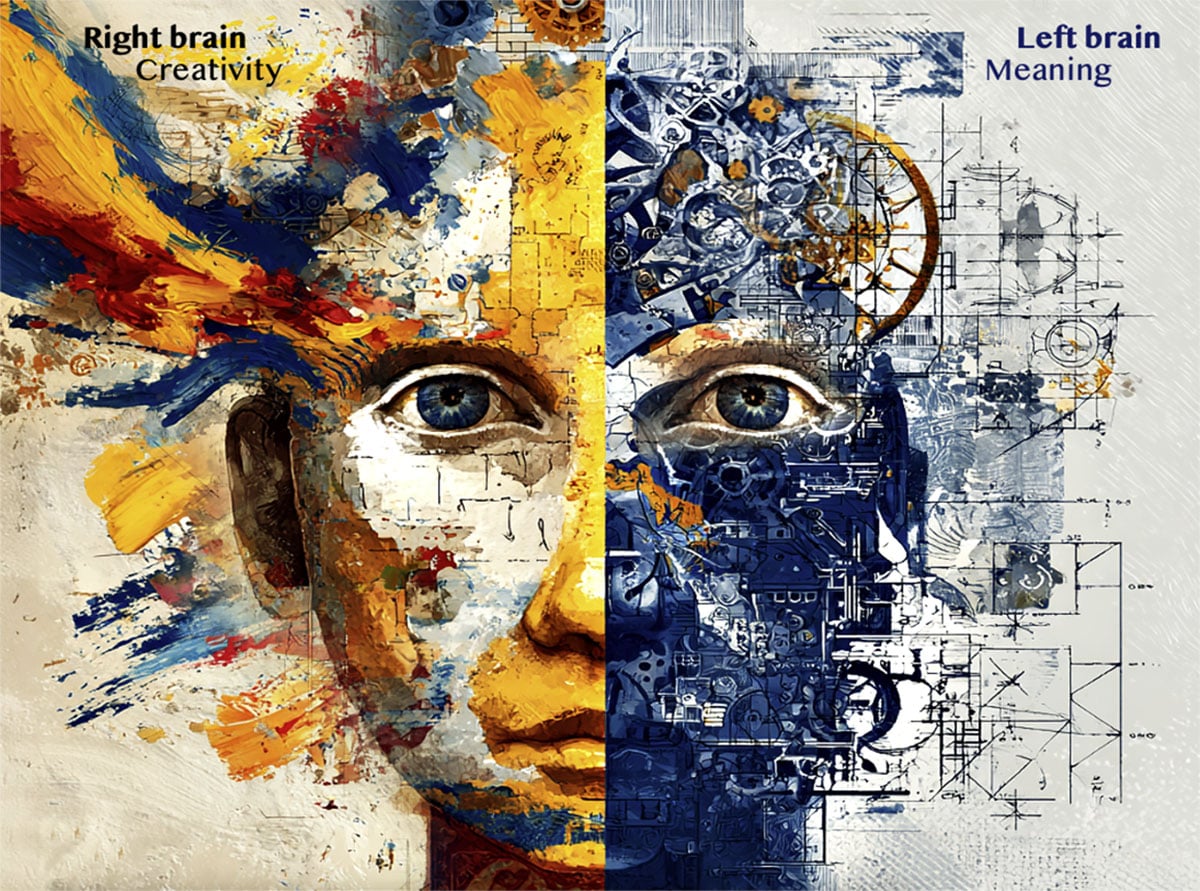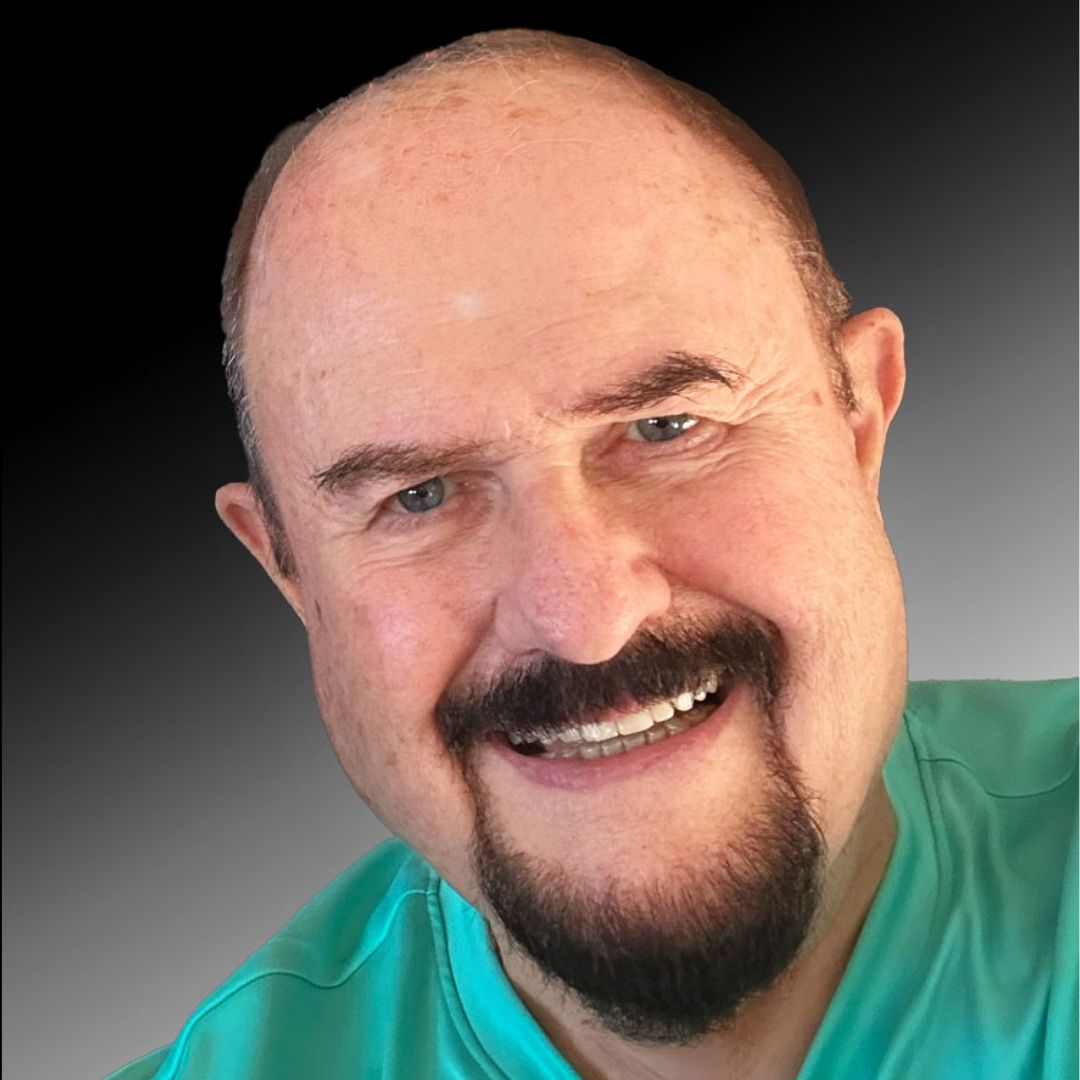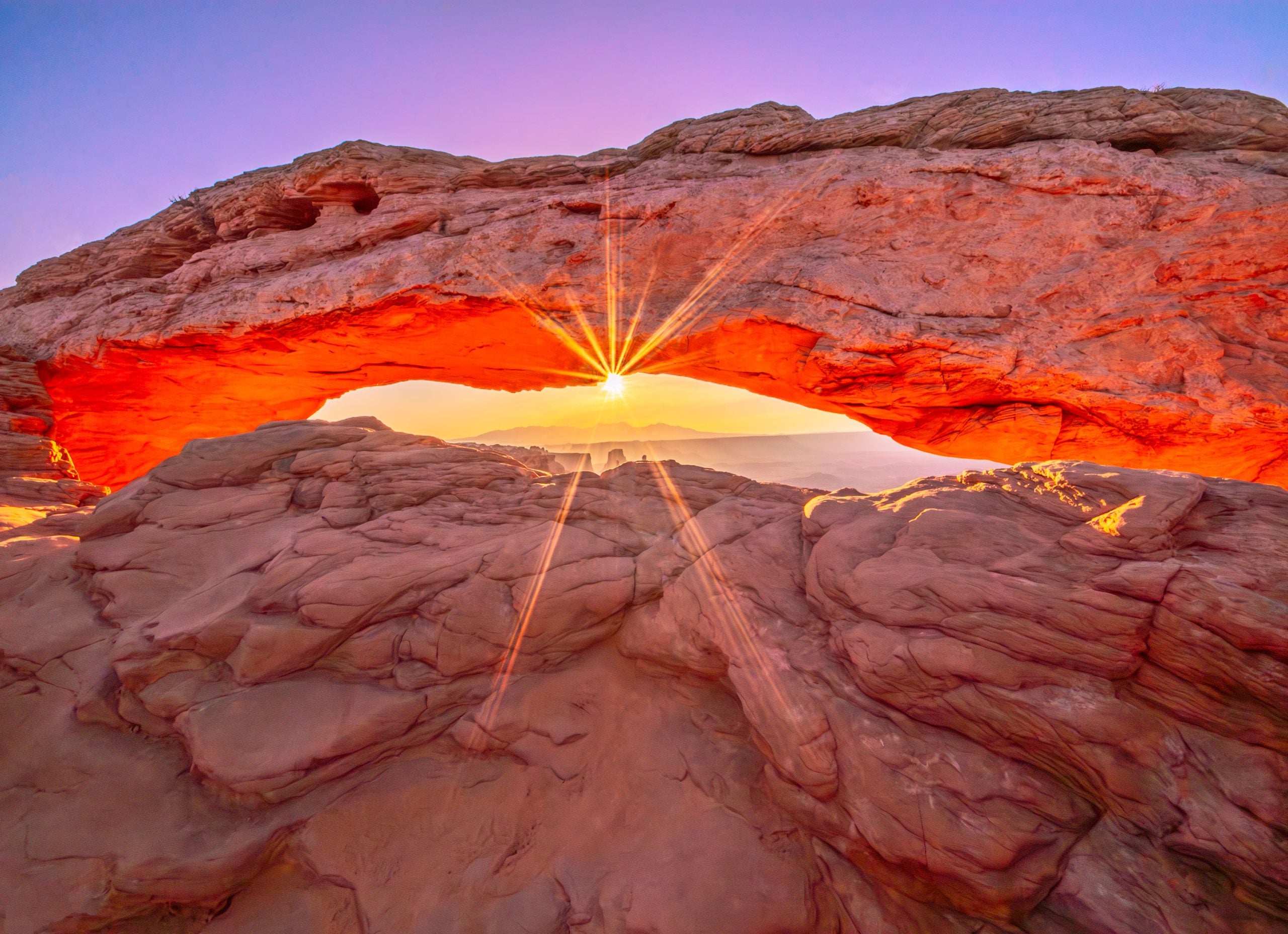Epson — The Next Generation
Update: July 26, 2000:
A review of theEpson Stylus Photo 2000P, which uses the same inks and papers as the 7500 and 9500 models has now been published. It can be foundhere.
Update: January 17,2001:
I now have online hands-on reports by readers of both theEpson7500and9500.
What Do We Know
As of early June, 2000, here’s what is known about the next generation of Epson archival photographic printers. Each of them will be 6 ink design and will use the same inks and papers, though not the same physical cartridges. These inks and papers will be rated as having 200+ year life expectancy (usingWilhelm Research’smethodology) and 100+ years using regular paper!
The inks are pigment based rather than dye based, which is what gives them their fade resistance. The problem up until now with trying to create pigment inks for inkjet printers has been the inability to put pigments into a suspension that’s fine enough to go through the ultra-fine nozzles of a photo printer. Epson now appears to have solved this problem.
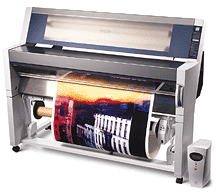
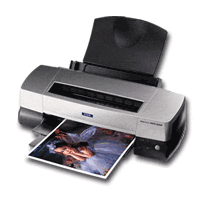
From 54" to 24", down to 13" in width, the only question now is cost and need.
The Models
Initially there will be 3 archival printers; the2000P, the7500and the9500. The 7500 and 9500 are wide carriage models (9500 = 44", 7500 = 24"), and are similar in most respects to their non-archival cousins, the also new 7000 and existing 9000. They will have parallel and USB interfaces. The usual RIPs and Ethernet connections will be available for the 7500 and 9500.
For current owners of the model 9000 there will be an upgrade kit available. It won’t be possible to upgrade a 7000 to a 7500 though. It’s important to note that the differences between the 7000 and 7500 and the 9000 and 9500 are more than just different inks. There’s a firmware difference as well.
The 2000P is a separate, brand-new model and additional details are currently available inEpson’s press release.
Availability and delivery dates will vary, depending on the country, but all three should be available worldwide by late summer or early fall. The 7500 will be priced at about USD $4,500 and the 2000P at USD $899.
Inks
As mentioned, all three archival models will use the same inks, but the cartridge sizes are different and incompatible. These inks willnotbe usable in any previous model Epson printers and it appears that no third party inks will work with these printers either.
Colour Gamut
Apparently the gamut of these inks is (not surprisingly) somewhat less than dye-based inks as used in previous and current non-archival models. I’ll have to wait until I can do a first-hand comparison but it’s my guess that this will only be apparent on a critical side-by-side comparison. For me, the trade-off of a somewhat reduced colour gamut in exchange for 200+ year light-fastness is one that I’ll take any time.
Conclusion
It appears that Epson is out to dominate the photographic ink-jet printer market. Together with the 2000P these new models clearly put Epson in the forefront. It will likely be very hard for another company to catch up at this point.
While the 7500 printer is certainly appealing, my need for very large prints is only occasional. As a fine-art landscape photographer the 2000P with its 13X18" prints will suit me just fine. When I need something larger a service bureau print from a 7500 or 9500 will be a reasonably priced solution.
![]()
TheEpson 2000Phas started to ship in the U.K. but is not yet available in the U.S. or Canada. There is no word yet on theEpson 7500and9500models, which still appear to be some months away from shipping.
A very good site calledhttp://www.large-format-printers.org/is now online and promises to provide undated information about wide carriage printers and especially ones designed for fine-art photographic printing.
![]()
January 15, 2001
Guest contributorNick Rainsreportson his hands-on experience with anEpson 9500.
Read this story and all the best stories on The Luminous Landscape
The author has made this story available to Luminous Landscape members only. Upgrade to get instant access to this story and other benefits available only to members.
Why choose us?
Luminous-Landscape is a membership site. Our website contains over 5300 articles on almost every topic, camera, lens and printer you can imagine. Our membership model is simple, just $2 a month ($24.00 USD a year). This $24 gains you access to a wealth of information including all our past and future video tutorials on such topics as Lightroom, Capture One, Printing, file management and dozens of interviews and travel videos.
- New Articles every few days
- All original content found nowhere else on the web
- No Pop Up Google Sense ads – Our advertisers are photo related
- Download/stream video to any device
- NEW videos monthly
- Top well-known photographer contributors
- Posts from industry leaders
- Speciality Photography Workshops
- Mobile device scalable
- Exclusive video interviews
- Special vendor offers for members
- Hands On Product reviews
- FREE – User Forum. One of the most read user forums on the internet
- Access to our community Buy and Sell pages; for members only.






